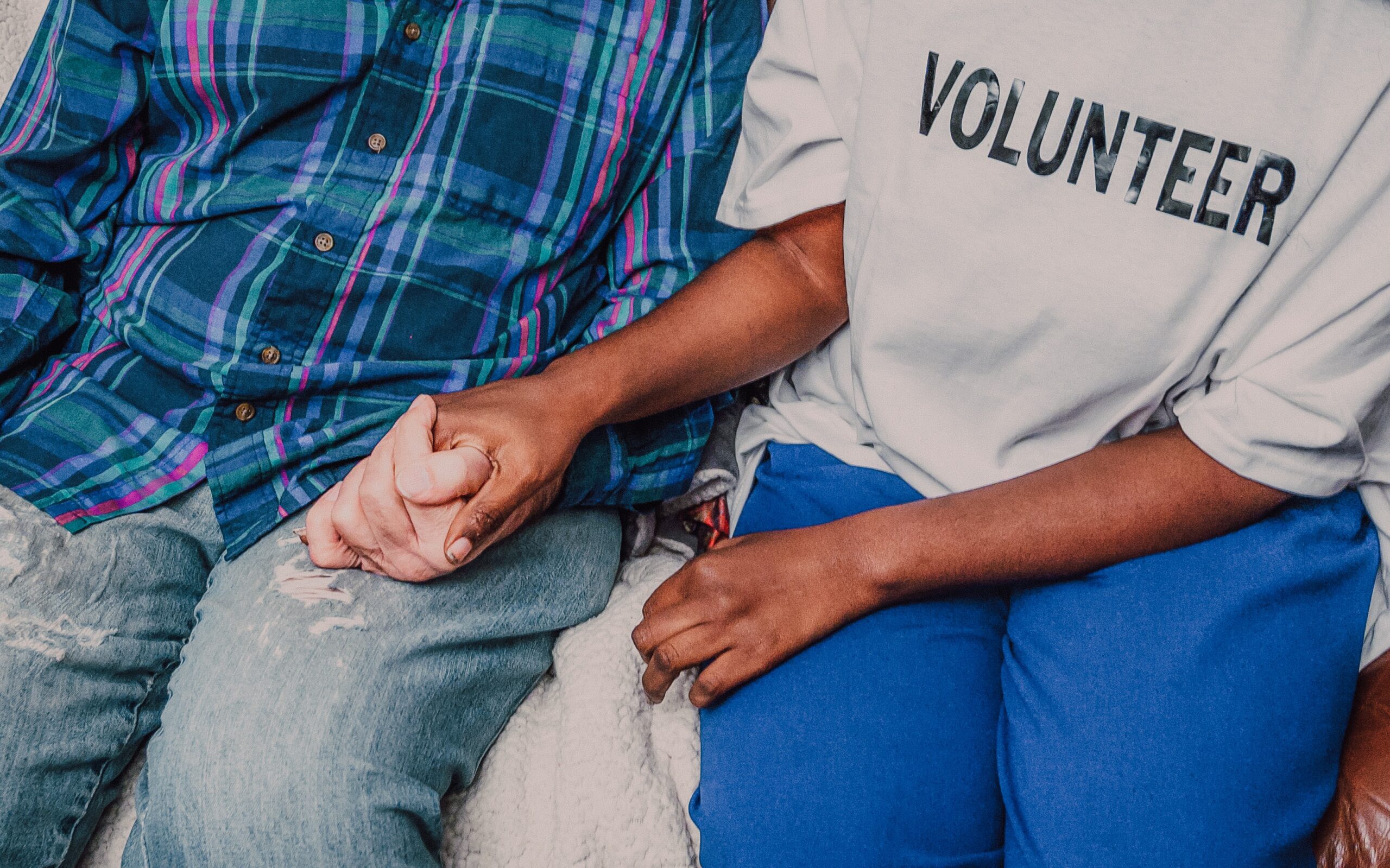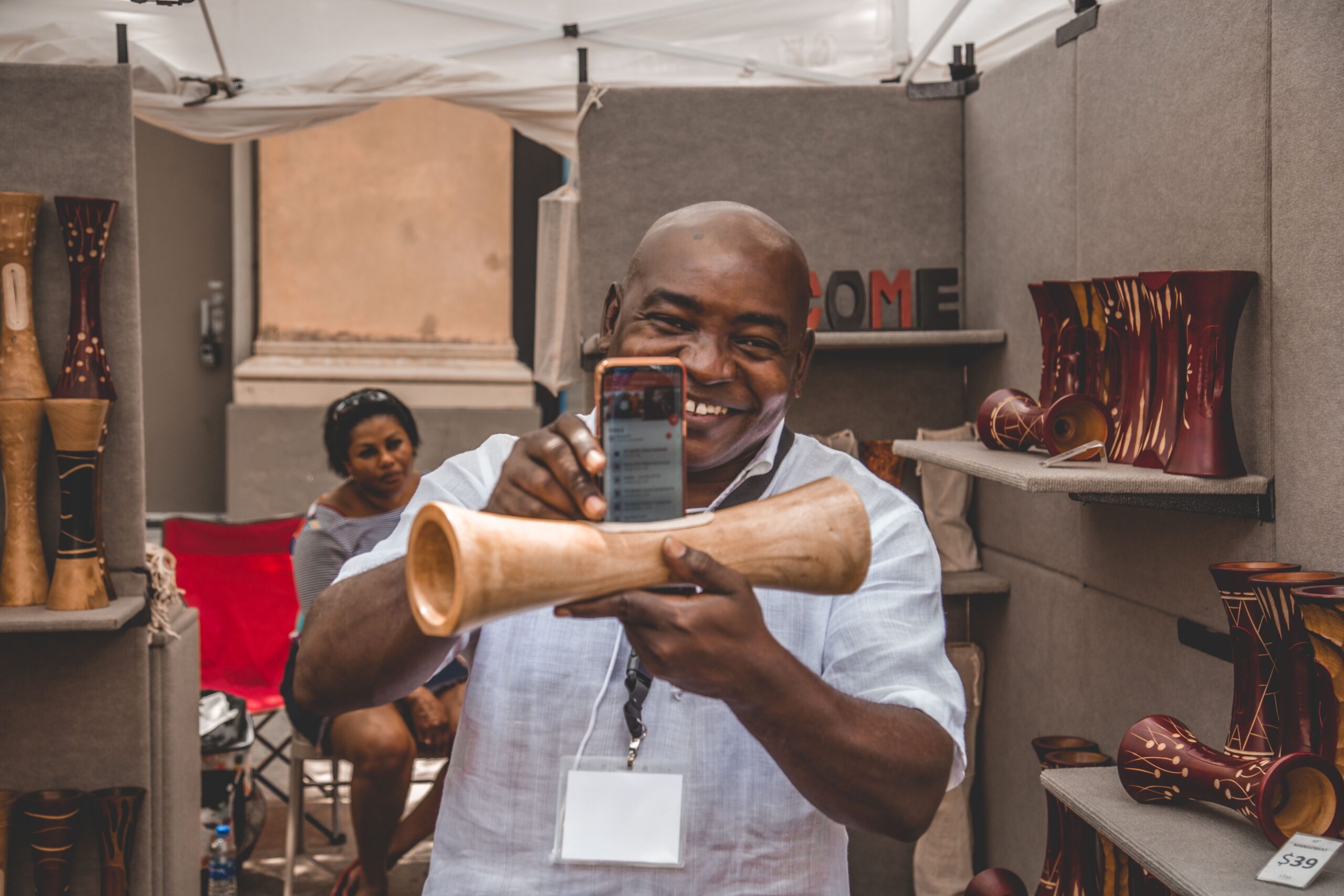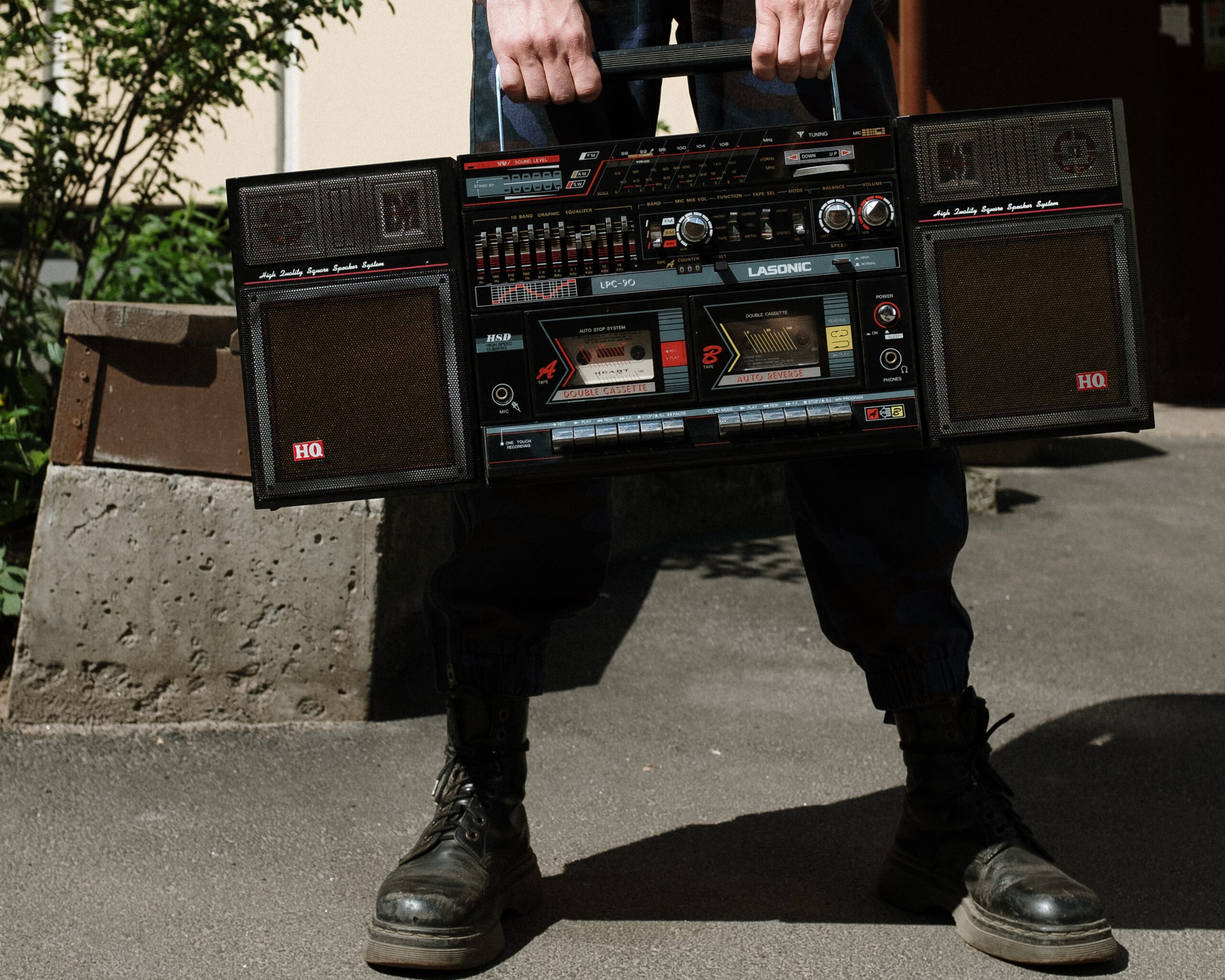THE INTERNATIONAL IMPACT OF DONATED CLOTHING
Date
- Published January 1st, 2021
'Do your little bit of good where you are; it's those little bits of good put together that overwhelm the world'
Desmond Tutu

All over the country, people are channeling their inner Marie Kondo, following the Netflix series by cleaning guru Marie Kondo, and donating clothes and shoes to thrift shops and charitable organizations where volunteers sort and put on sale and make proceeds to help the needy.
But according to a research study by ABC News, about 10% or less of donated clothing are kept or sold. The rest 90% of unusable or unwanted clothing is sent to textile recycling companies. However, recycling companies are unable to use all the materials they purchase. To avoid fabric waste in garment industry, these materials are redirected to other markets in developing countries who need them, especially in Africa and Asia.
The U.S. is known as the world’s largest exporter of used clothing, and with the percentage of clothing that could be going to landfill, the country has instead created a big clothe donation industry that brings in more than $600 million to the economy yearly. The two biggest importers of used clothes are Pakistan and Ukraine, but exporting them creates the problem of undermining garment-making industries in developing countries.
In developing countries, donated clothes from the U.S flood the markets and provide cheaper alternatives compared to domestic manufactured textiles. Often, donated clothes cost less than domestic options. Which means, when donated clothes find their way into foreign markets, they stifle the efforts of domestic clothe producers. For example, just some decades ago, Kenya boasted over 500,000 jobs in its garment industry, but today, less than 20,000 jobs remain. Now Kenya’s garment industry focuses on shipping and redistributing secondhand clothes domestically. The story is the same in Zambia where majority of its clothing industry has been lost within the last 30 years. As imports ramp up, Zambians are cannot buy locally made garments anymore. It is too expensive and often of lower quality. With the sustained importation of clothes from countries like the U.S., industries in receiving areas struggle to compete. The constant competition makes it difficult for development of alternatives to imported textiles. However, if clothing donations are kept local, the international impact of donated clothing lessens for individuals. These simple tips can help actualize this.
Ways to Donate More Responsibly:
- Find the Right Charity
Before donating, ensuring you do your due diligence to research charities accepting clothes. Find an organization with values that resonate with you and always give back to the community. Then find out what kind of items this charity and other local ones find most useful.
- Drop off Donations Yourself
Instead of leaving your clothes in donation bins, drop them off at the charity of choice yourself. When you deliver items personally, you can rest assured that the charity will benefit from your donation. This also minimizes transportation costs for the charity.
- Donate What is Needed by the Charities
Organizations will find it hard to repurpose old or worn-out items, so try to donate materials that they can use. If you are not sure what a charity is looking for, contact them to find out.
- Recycle worn out clothes
If clothing is too worn out to be donated, you can reuse and repurpose them in your daily life. They can be used as a dishrag or cleaning cloth.
- Consider Consignment or Other Alternatives
You can sell old personal clothing and give the proceeds to a charity organization of choice. This will save the organization valuable time and resources in processing and reselling the donated items.
If you are looking to donate clothing that will go into a good cause and make the life of someone on the other side of the world better, Unified Nature is an organization that is committed to making eco-friendly and sustainable fashion available to all. You can send used garments through its newly launched ‘Take-Back Program’. Take advantage of this program to donate your scarves, shirts, shoes, and other clothing items to a good cause instead of having them dumped or buried, causing harm to the natural environment.




